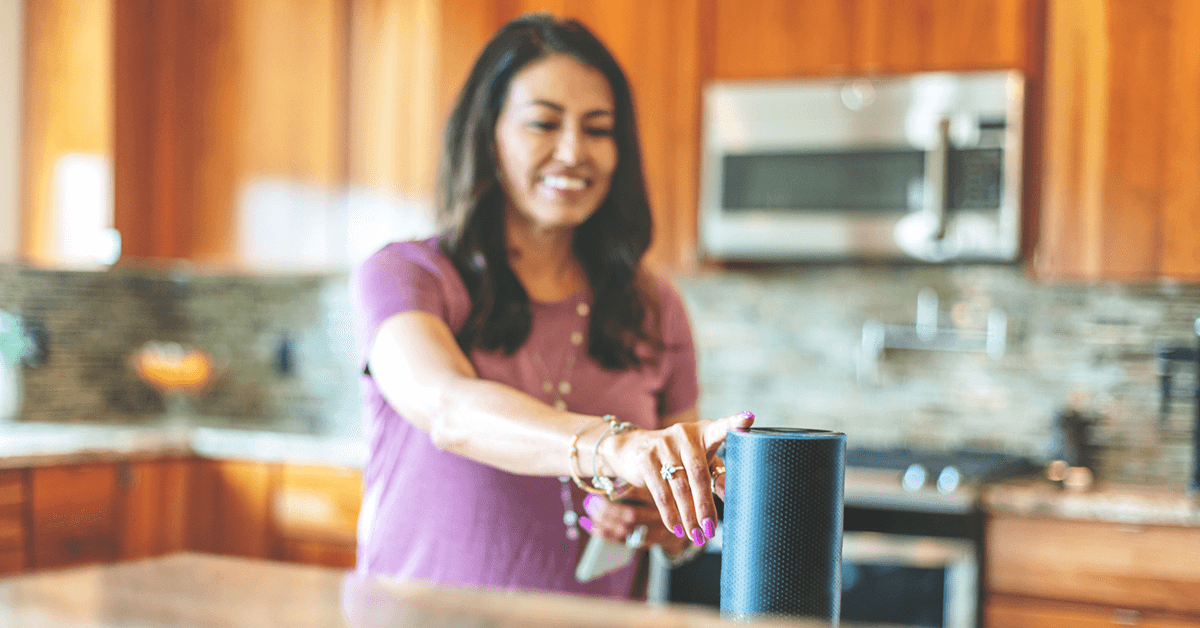
Hey Alexa, How Smart Does My Home Need to Be?
The future of home automation is here. Smart devices mean you can see who’s at the front door while you’re in the back yard, adjust your thermostat on the way home from work, and have a robot vacuum your living room while you shower: but should you? It’s easy to get swooped up in the smart home revolution that’s taking place, but before you go all in and retrofit your entire house consider which upgrades are worth the investment.
The thought of a fully integrated smart home sounds like a dream to many and a nightmare to others. According to a study conducted by ADT, “65% of homebuyers are willing to pay more for properties equipped with smart technology.” But, the logistics involved in retrofitting your home may curb your efforts to smarten up your home before they even begin. Bernard Marr, a contributor for Forbes notes, “One of the headaches of putting together a smart home is undoubtedly the competing range of platforms and standards.”
One way around these headaches and risks is to buy a home where the work has been done for you. Smart houses, and entire smart communities, are popping up all over the country. There is money to be made in smart homes for builders and developers. “According to IHS, a global market research firm, 98 million smart home devices worth roughly $10 billion dollars were sold in the United States in 2018.” IHS predicts 50 percent growth every year through 2021.
Companies like Lennar Homes, and even Amazon, are offering integrated homes so homebuyers can avoid downloading multiple apps and coordinating communication between their various smart devices. But some people don’t like the idea of being monitored at all times. Therron Smith is leery of fully outfitted smart homes. “The thought of having cameras in every room and that potential exposure… just kind of made us nervous about it,” he said.
Clearly, investing in a newly built or fully redesigned smart home isn’t for everyone. There are plenty of ways to get in on the smart home revolution on a smaller scale and still add convenience and value to your home.
- Smart Locks: Valarie Depa, a broker with @Properties notes that smart locks are “appealing to more and more home buyers. As we’ve moved to a much more digital society, people like to carry less (think Apple Pay vs credit cards) and keys are just another example. They also offer homebuyers with school-aged children peace of mind that keys won’t be lost and that their child will always have access to their home.”
- Smart Thermostats: Smart thermostats such as the Nest or Ecobee are relatively inexpensive but can be tricky to integrate. If you’re looking to sell your home, making this upgrade before listing may pay off. Depa stated, “I find home buyers are happy that they don’t have to be the ones to install. In older homes, this can be a more complicated installation process, so it being done at the time of purchase is a big plus.”
- Safety Features: Products like Leeo Alarms and Roost give you live alerts so you can make it home to stop a detected water leak before it causes expensive damage. These products provide potential homebuyers with a much-valued peace of mind.
- Smart Outlets: Smart outlets allow you to control whatever is plugged into it remotely and, in some cases, through voice control. Depa also encourages homeowners to add outlets with USB ports. It’s an inexpensive fix and provides a nice return on investment.
The smart home movement seems here to stay. And while every homebuyer may not be ready to live in a fully outfitted home, making relatively inexpensive technical upgrades can add value.
Time to Focus on Affordable Housing
Taxes on real estate are not the answer. Sign the petition calling on Congress to address our country’s housing shortage.





